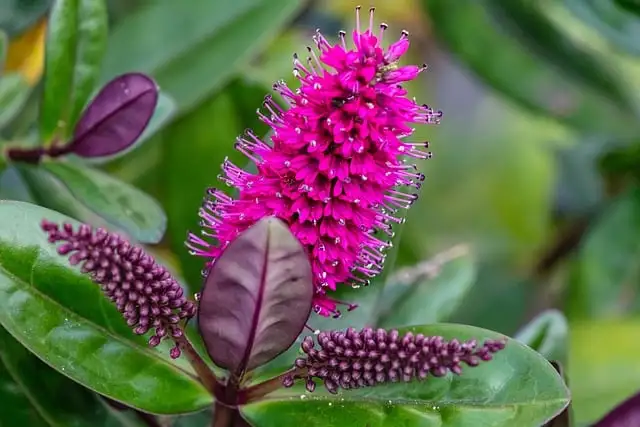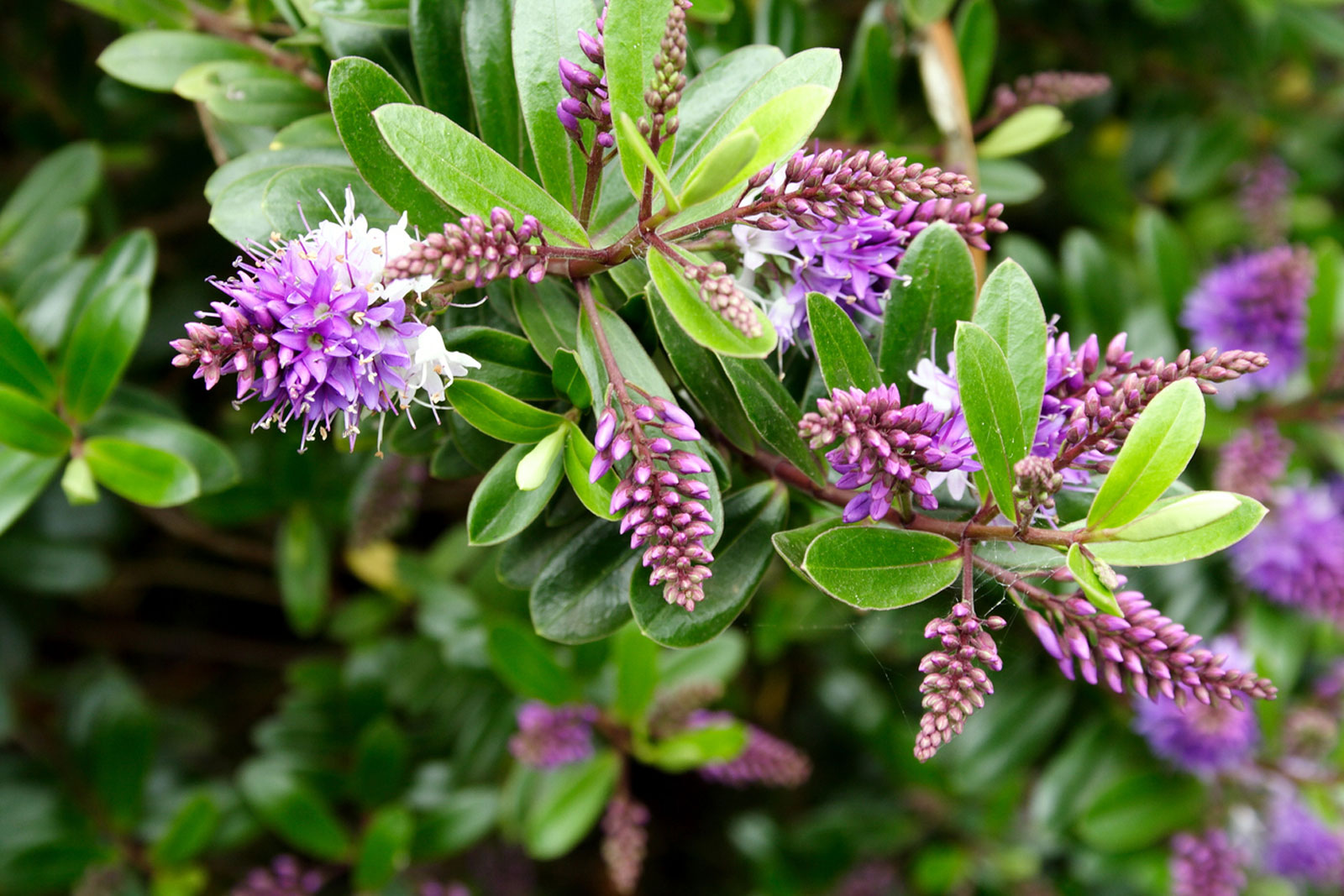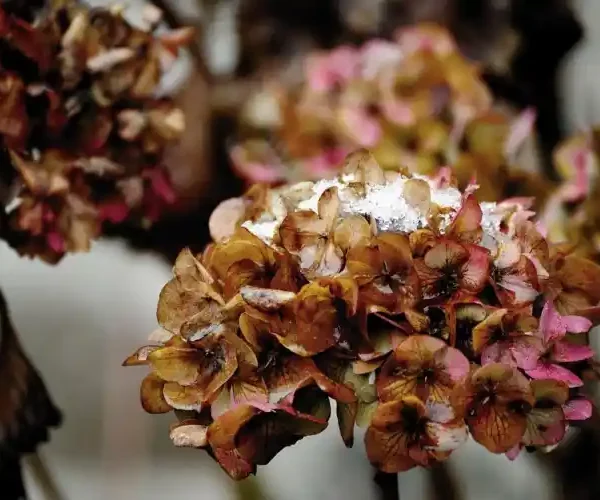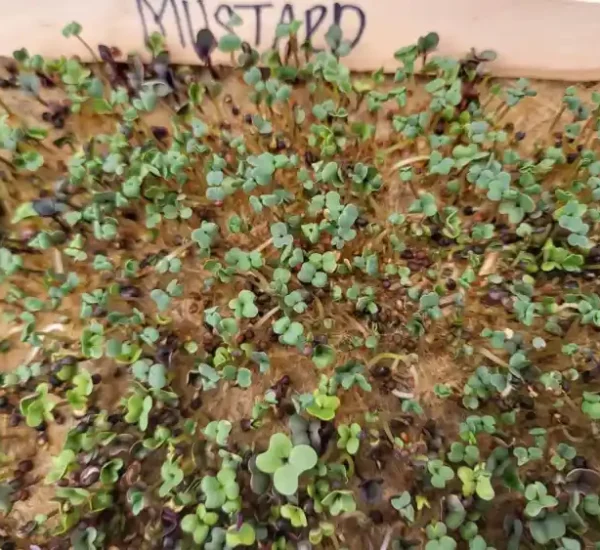Understanding Hebe Shrubs: Overview and Characteristics
Introduction to Hebe
Hebe is a diverse genus of evergreen shrubs native to New Zealand, comprising hundreds of species and cultivars. These versatile plants are prized for their attractive foliage, which varies in color and texture, as well as their prolific flowering habits.
Characteristics of Hebe Shrubs
Hebe shrubs typically feature small to medium-sized leaves, often with serrated edges, and produce clusters of flowers in various colors, including white, pink, purple, and blue. They thrive in a range of climates and soil conditions, making them adaptable and versatile additions to garden landscapes.
Selecting the Right Hebe Variety
Choosing a Suitable Species or Cultivar
With hundreds of Hebe species and cultivars available, selecting the right variety for your garden can be overwhelming. Consider factors such as mature size, growth habit, foliage color, and flower characteristics when choosing a Hebe shrub to ensure it complements your landscape design.
Climate and Growing Conditions
Before selecting a Hebe variety, assess your garden’s climate and growing conditions to ensure it can provide the necessary sunlight, soil type, and moisture levels required for optimal growth. Consult local horticultural resources or extension services for guidance on suitable Hebe species for your region.
Planting and Care Tips for Hebe Shrubs
Site Selection and Preparation
Choose a well-drained location with partial to full sunlight for planting Hebe shrubs, ensuring adequate spacing between plants to allow for proper air circulation and growth. Prepare the soil by amending it with organic matter, such as compost or peat moss, to improve fertility and drainage.
Planting Hebe Shrubs
Dig a hole slightly larger than the plant’s root ball and place the Hebe shrub at the same depth as it was in its nursery container. Backfill the hole with soil and gently firm it around the base of the plant, then water thoroughly to settle the soil and remove any air pockets.
Watering and Fertilizing
Water newly planted Hebe shrubs regularly to keep the soil consistently moist but not waterlogged, particularly during the establishment period. Once established, Hebes are relatively drought-tolerant and require minimal watering. Apply a balanced fertilizer in spring to promote healthy growth and flowering.
Pruning and Maintenance
Prune Hebe shrubs lightly after flowering to maintain their shape and encourage bushy growth. Remove dead or diseased branches as needed throughout the growing season to improve air circulation and prevent fungal diseases. Mulch around the base of Hebe shrubs to suppress weeds and retain soil moisture.
Dealing with Common Pests and Diseases
Pest Control
Monitor Hebe shrubs regularly for signs of aphids, scale insects, or spider mites, which are common pests that may infest these plants. Use insecticidal soap or neem oil to control pest populations, avoiding chemical pesticides that may harm beneficial insects and pollinators.
Disease Management
Prevent fungal diseases such as powdery mildew or root rot by ensuring proper air circulation, avoiding overhead watering, and maintaining optimal soil drainage. Remove and dispose of infected plant material promptly to prevent the spread of disease to healthy plants.
Conclusion: Cultivating Beautiful Hebe Shrubs
By following these expert guidelines for growing Hebe shrubs, gardeners can cultivate beautiful and resilient plants that enhance their landscapes with vibrant foliage and colorful flowers. Whether used as specimen plants, borders, or container specimens, Hebes offer year-round interest and beauty in garden settings.
What are Hebe shrubs, and what are their key features?
Hebe shrubs are evergreen plants native to New Zealand, known for their vibrant foliage and delicate flowers. They typically feature small to medium-sized leaves and produce clusters of flowers in various colors, including white, pink, purple, and blue.
What are the ideal growing conditions for Hebe shrubs?
Hebe shrubs thrive in well-drained soil and prefer partial to full sunlight. They can tolerate a range of soil types but perform best in fertile, moist, and well-draining soil.
How do I select the right Hebe variety for my garden?
When choosing a Hebe variety, consider factors such as mature size, growth habit, foliage color, and flower characteristics. Consult with local nurseries or horticultural experts to select a variety that suits your garden’s climate and growing conditions.
When is the best time to plant Hebe shrubs?
The best time to plant Hebe shrubs is in early spring or early autumn, when the soil is moist and temperatures are mild. Avoid planting during extreme heat or cold, as this can stress the plants.
How often should I water Hebe shrubs, and what is the best watering method?
Water Hebe shrubs regularly, especially during the establishment period, to keep the soil consistently moist but not waterlogged. Once established, water deeply but infrequently, allowing the soil to dry out slightly between waterings.
Do Hebe shrubs require pruning, and if so, how should I prune them?
Hebe shrubs benefit from light pruning after flowering to maintain their shape and encourage bushy growth. Remove dead or diseased branches as needed throughout the growing season, and avoid heavy pruning, as this can weaken the plants.
What are the common pests and diseases that affect Hebe shrubs, and how can I prevent or treat them?
Common pests that affect Hebe shrubs include aphids, scale insects, and spider mites. Monitor plants regularly and treat infestations with insecticidal soap or neem oil. Prevent fungal diseases such as powdery mildew by ensuring proper air circulation and soil drainage.
Can I grow Hebe shrubs in containers, and if so, what are the considerations?
Yes, Hebe shrubs can be grown in containers, but choose a large container with adequate drainage holes to prevent waterlogging. Use a well-draining potting mix and water regularly to keep the soil evenly moist.
How long does it take for Hebe shrubs to mature and start flowering?
Hebe shrubs typically mature within a few years and start flowering once they reach maturity. However, flowering times may vary depending on the specific variety and growing conditions.
Are Hebe shrubs suitable for all garden styles, including formal and informal landscapes?
Yes, Hebe shrubs are versatile plants that can be used in various garden styles, including formal and informal landscapes. Their attractive foliage and colorful flowers make them suitable for borders, containers, and mixed plantings.
- Rhode Island’s Favorite THC Infused Beverages - June 5, 2025
- THC Soda and Drink Options in Idaho - May 28, 2025
- Ohio’s Go-To THC Infused Beverages - May 28, 2025





